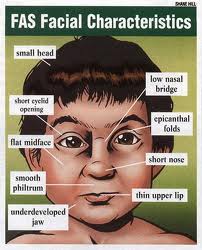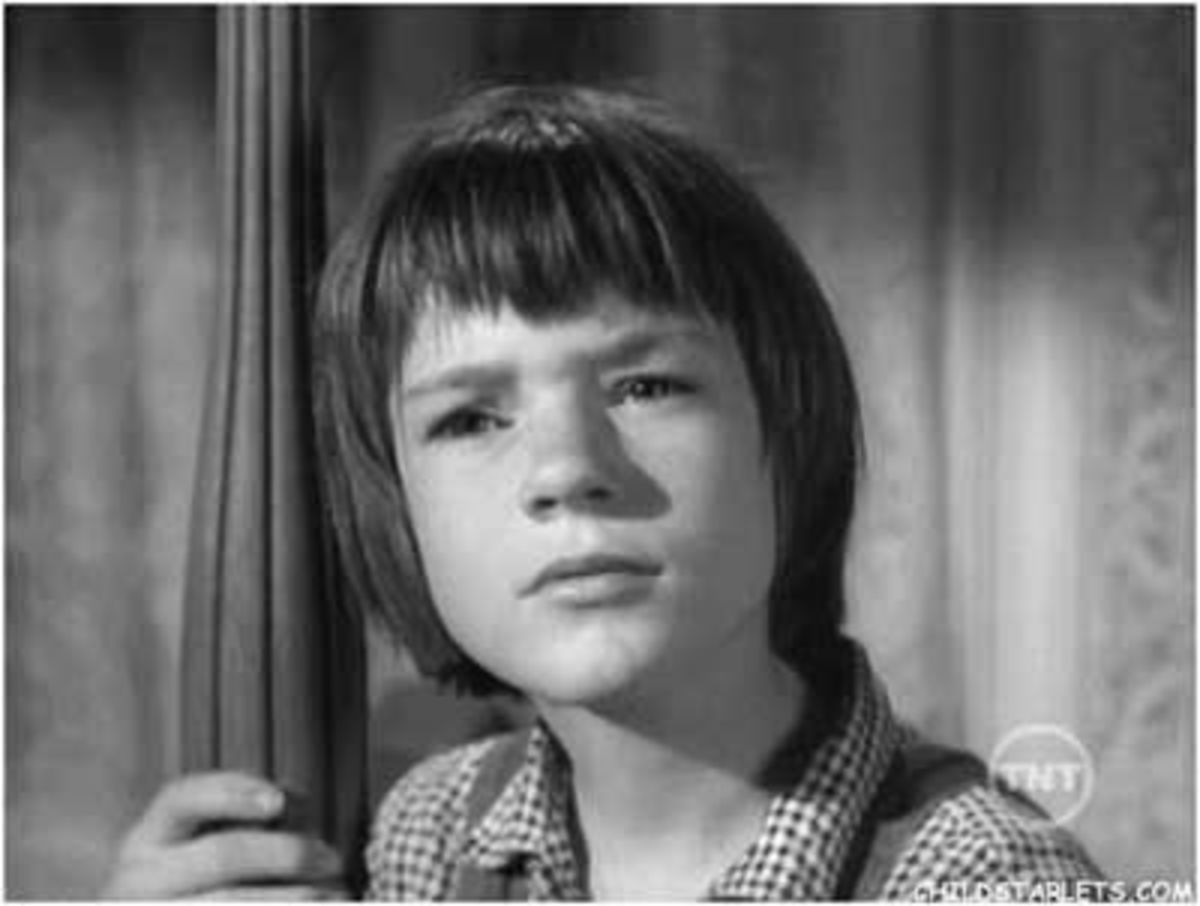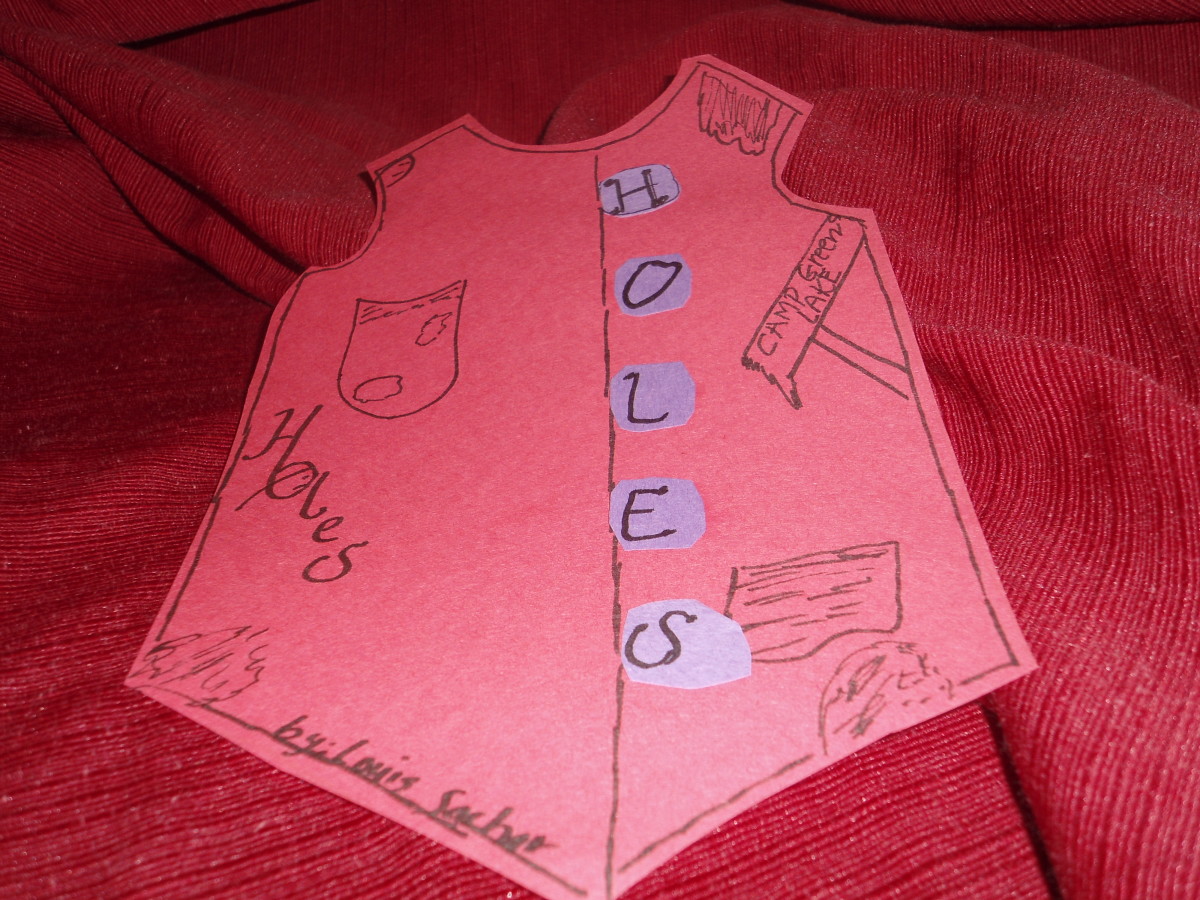- HubPages»
- Health»
- Mental Health»
- Addiction
The Broken Cord Book Report - Fetal Alcohol Syndrome

The Broken Cord - Fetal Alcohol Syndrome
“The Broken Cord” is the heart-wrenching story of a young single man, in graduate school, who adopts a developmentally delayed boy with Native American ancestry. The man, Michael Dorris, believes his son Adam’s problems are the result of poor nutrition, poor health care, and lack of proper parenting, but gradually learns that Adam suffers from Fetal Alcohol Syndrome. Believing that proper care can reverse the effects of Fetal Alcohol Syndrome, Dorris takes on the daunting and nearly futile task of helping Adam achieve a "normal" boyhood. The damage done, it turns out, is irreversible; Adam is almost maddeningly unable to learn simple tasks and responsibilities. Dorris thought that with enough love and nurturing Adam could overcome any obstacle.
In the beginning of the book, Michael Dorris is in denial. He blames Adam's shortcomings on a slow start, bias tests, and incompetent assessments. Dorris writes, "I periodically concluded that Adam's teachers must be incompetent, badly trained, or lazy when they failed to stimulate his performance in the classroom"(p. 65). Dorris has trouble even thinking that his son might have a problem. Once Michael Dorris adopted two more children, he noticed that the other children developed very fast when compared to Adam and within a short period of time were at the same level as Adam. Dorris still held out hope that Adam would have some hidden talent that would balance out his delays. Michael Dorris tolerated the fact that Adam was different than most children his age, but had still not grasped the extent of the damage caused by the birth mother’s drinking. Dorris does seem to have a breaking point when he and his wife go to a dinner party and the children are left alone. Adam, 19 years of age at this point, breaks a water pipe in his parents' bathroom. He then turns off the light, shuts the bathroom door, and goes to his bedroom. Dorris and his wife come home to find the house flooded. They clean up the mess without saying a word and go to bed. After this event, Dorris is both resigned and defeated in thinking Adam will ever become independent.
The book takes a turning point when Dorris starts to accept who Adam is and that no amount of love and nurturing can erase the effects of Fetal Alcohol Syndrome. Dorris and his wife find a vocational program where Adam can find employment and living accommodations. Adam works at a bowling alley and Dorris goes to visit him on a lunch break. Dorris has partially accepted that Adam's development and choices will not change. On the other hand, as a parent he cannot fight the urge to give unsolicited advice. The advice Dorris gives his son regarding how he should eat or take care of himself does not appear to be an indication that Dorris is still in denial about his son’s condition. Parents in general, seem to always have the insatiable urge to give unsolicited advice to their children regardless of their age or stage of development.
I would recommend this book to other students with the explanation that it was written when little information was known about Fetal Alcohol Syndrome. The book provides a basic introduction of what Fetal Alcohol Syndrome is and its effects. It provides a detailed account of the love of a parent for a severely impaired child so that a future teacher or mental health professional can further understand the experiences a parent might have in dealing with the debilitating effects of this syndrome.
A significant strength of Dorris’ book is that he did not gloss over the devastating impact Fetal Alcohol Syndrome has on not only the child, but the parents, family, and community at large. The main weakness of the book is that it was written approximately 17 years ago and most of the data is outdated. As stated earlier, this book is a good start to understanding Fetal Alcohol Syndrome, but should only serve as a foundation for understanding this problem. Further research is needed to fully understand the current techniques for working with a child that suffers from Fetal Alcohol Syndrome.
While reading this book, I kept asking myself how I would implement this information in my work with juvenile sexual offenders. On numerous occasions, we have admitted children and adolescents that have a clinical diagnosis of either Fetal Alcohol Syndrome or Fetal Alcohol Effects. Insight therapy does not work with this population of children. Very typically, the staff at my agency have to continuously remind themselves that these children do not learn from their mistakes and the same messages about safety, and engaging in non-abusive behaviors must be repeated over and over again. This is mentally exhausting and emotionally draining for most people. We want all of the juvenile sexual offenders we treat to learn about their behavioral choices, be active with relapse prevention, understand their personal sexual assault cycle, and not re-offend. The bottom line is, despite the fact that some children with Fetal Alcohol Syndrome may be able to achieve some independence, they will always need a guiding hand and some form of mentoring in order to remain positive, healthy, productive, and most importantly, non-offending members of society.
This book is not only a personal memoir, but also a public health history that is engaging, disturbing and educational. I recall feeling very angry when I thought about mothers selfishly drinking during their pregnancies. None of these children ask to be born with Fetal Alcohol Syndrome. They deserve not to be harmed in utero, or neglected afterward, either by their parents or by society. It is interesting to me that we live in the richest country in the world, yet are too selfish to ensure adequate pre- and post-natal care for every child. It is horrifying and we all pay the price in the long run, most of all the children. Michael Dorris’ book primarily focused on how Fetal Alcohol Syndrome is affecting the Native American culture, but he does mention how this disease knows no limits of culture and is occurring across all nationalities.
Action must be taken by society, individually and collectively, to combat this devastating disease. This pervasive problem must be attacked from several angles. We must combat this tragedy actively and intentionally. Education is a critical piece to the solution. Providing engaging dialogue with at risk groups may enlighten some mothers-to-be or draw communities together to begin working together to help one another. Public Service Announcements should be funded through our taxes, since the reality is that our local governments end up paying for several services for many children or families suffering from Fetal Alcohol Syndrome, and broadcast or made available via several media sources. High school students should be required to learn about the effects of alcohol on fetuses and the long term outcomes of these children. I certainly understand the pull to legally hold pregnant women accountable for actions and behaviors that could be harmful to their fetus and it is possible that the government could enact laws telling pregnant women what they can and cannot do while they are pregnant. The problem with this is that there is a clear divide in our country regarding the rights of a fetus - we know this because of the intense controversy regarding abortion. At this point in our country, rights are given to the woman carrying the fetus, not to the fetus. Drafting and passing laws holding women accountable for harmful actions during pregnancy would be considered legislating morality and the majority of this country seems to be more inclined to approve individual choice in what would be considered personal matters, such as pregnancy. I tend to agree with this line of thinking, despite the fact that some women will continue creating children that will suffer from Fetal Alcohol Syndrome. Persistent education seems to be a more appropriate course of action.
After reading the book, I was intrigued about how Adam’s future had turned out. I checked various websites and found out that Adam, whose real name was Reynold Abel was hit by a car and killed in 1991. Evidently, in 1995 Michael Dorris and his wife unsuccessfully pursued a court cases against their other son who had accused them both of child abuse. Shortly afterward, Dorris and his wife separated and began divorce proceedings. It shocked me to learn that on April 10, 1997, Dorris used a combination of suffocation, drugs, and alcohol to commit suicide in the Brick Tower Motor Inn in Concord, New Hampshire. Shortly before his death, allegations surfaced of possible abuse against one of his daughters as well, but the case files were closed with his death and never substantiated or disproved.
Despite the heartbreaking information I read about Adam and Michael Dorris, I believe "The Broken Cord" is a worthwhile book to read. It goes well beyond providing the reader basic knowledge about Fetal Alcohol Syndrome, it lets the reader begin to understand what it is like to live with, raise, and love a child with this disorder. This book is full of love, pain, and limited triumphs; it is a book everyone should be encouraged to read.









